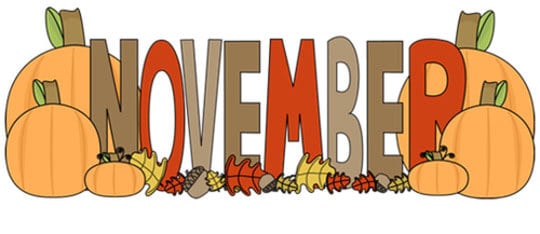Some chores to think about for November and December from UGA’s Vegetable Garden Calendar.
Spread manure, rotted sawdust and leaves over the garden and plow them under; you’ll be surprised at the difference this organic matter will make in the fertility, physical structure and water-holding capacity of the soil.
Take a soil sample to allow plenty of time to get the report back. Lime applied now will be of more benefit next year than if it is applied in the spring before planting. Always apply Dolomitic limestone in order to get both calcium and magnesium.
Save those leaves for the compost heap.
Take an “inventory.” Maybe you had too much of some vegetables and not enough of others – or maybe there were some unnecessary “skips” in the supply. Perhaps some insect, disease or nematode problem got the upper hand. Make a note about favorite varieties. Start planning next year’s garden now!
You’re wise to order flower and vegetable seeds in December or January, while the supply is plentiful. Review the results of last year’s garden and order the more successful varieties.
You may have seeds left over from last year. Check their viability by placing some in damp paper towels and observing the germination percentage. If the percentage is low, order new ones.
Before sending your seed order, draw a map of the garden area and decide the direction and length of the rows, how much row spacing is needed for each vegetable, whether or not to plant on raised beds, and other details. That way, you won’t order too many seeds. This same advice applied to the flower garden. Try new cultivars, add more color, change the color scheme, layer the colors by having taller and shorter plants — don’t do it the same way year after year.
Look around for tools you do not have and hint for these for holiday gifts.
Happy Gardening!
- ParSLAY the Day! - June 12, 2024
- 6th Annual Great Southeast Pollinator Census - May 28, 2024
- Are you ready for Pepper Palooza? - July 5, 2023
